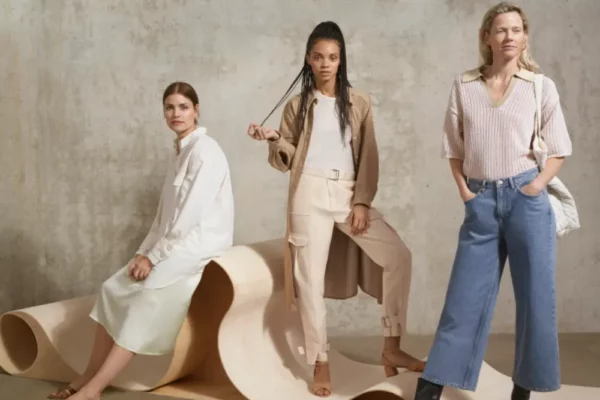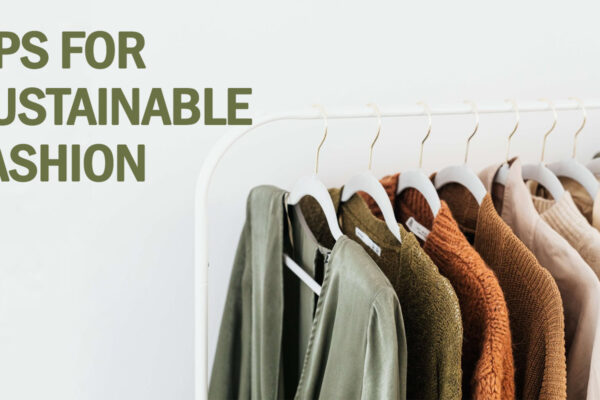Sustainable Fashion: The Environmentally-Friendly Era of Clothing Industry
Fashion has become an integral part of human civilization. Since mankind learned to weave and sew, new trends in clothing styles have been emerging every other week. While dressing well is good, the effects of the fashion industry on people, and the environment as well, have been damaging.
Fast fashion trends have not only harmfully affected the ecosystems, but have created several health issues for mankind and other species, too. In the wake of the environmental crisis, designers have turned towards sustainable fashion.
Table of Contents
Sustainable Fashion
Sustainable fashion is a movement and process of promoting change to fashion products and the fashion industry toward greater ecological preservation and social justice. It essentially refers to how the clothing will affect the environment, through production, sales and how it is then transported and creates waste.
Also known as eco-fashion, it concerns more than addressing fashion textiles or articles, and deals with the interdependent social, cultural, ecological and financial aspects of the fashion industry as well.
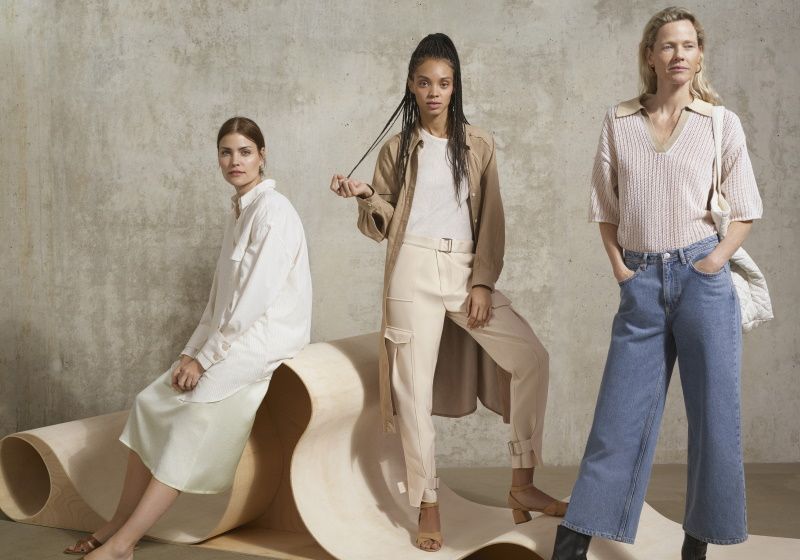
Sustainable fashion is the new trend of fashion industry | Image: Knock Fashion
It also considers fashion from various perspectives of the influenced factions, including users and producers, all living organisms, contemporary and future generations on the planet.
The distinction between the synthetic materials and environmentally-friendly materials clarifies the meaning of sustainable fashion, which uses eco-friendly raw material, from regenerative agriculture, and is processed in a non-polluting way.
Effects of Pandemic on the Fashion Industry
The current coronavirus pandemic has deeply affected the fashion industry just like all other working factions. Reportedly, in the month of May, garment factories in Bangladesh, a clothes-making hub, have seen $1.5 billion worth of orders cancelled. Meanwhile, sales worldwide in the fashion and luxury industry plummeted up to 70 percent from March to April.
Michael Stanley-Jones, of the United Nations Environment Programme (UNEP), who serves as the co-secretary of the United Nations Alliance for Sustainable Fashion, said that it is necessary to map the value chain and identify opportunities to limit the negative environmental and social impacts of the fashion industry while building in accountability and transparency.
The Alliance is an umbrella group composed of several UN and partner agencies including UNEP, the International Labor Organization and the World Bank Group. Since March 2019, the Alliance has been supporting coordinated action in the fashion sector to contribute to the Sustainable Development Goals.
With outreach to the private sector as well as to governments, the Alliance helps brands set sustainability targets, safeguard workers – especially women – reduce waste, and limit carbon emissions.
A Break from Fast Fashion
Fast fashion has become the most popular of all trends in the industry. The excessive production of clothing not only creates a huge amount of surplus, only to end up in landfills but exploits the natural resources as well. It has caused dozens of health and environmental issues within the last couple of years.
People seem really comfortable with the idea of fast fashion as it gives them a variety of clothing articles and styles to explore without giving a second to think about its repercussions on the ecosystems. While many clothing brands are trying to adopt a sustainable fashion trend, it is not everyone’s cup of tea.
Author of How To Break Up With Fast Fashion, Lauren Bravo says,
There are so many brands around these days calling themselves ‘sustainable’, and it’s great to see that people are becoming more thoughtful about how they spend their money and the companies they support. But there’s also a lot of greenwashing going on.
Aiming to last longer, quality is the essence of sustainable fashion. Whereas, clothes produced by fast fashion don’t last long, as their motive is to make the consumers buy more, and this in turn leads to more waste.
Also Read: Catastrophic Impacts of Fast Fashion Trends on Environment
Harmful Impacts of Fast Fashion
Fast fashion is a major reason for sabotaging oceans and forests. By supporting sustainable fashion, the environmental footprint of the fashion industry could be reduced significantly.
Besides the harmful effects on ecosystems, studies have indicated that fast fashion brands hire people, get them to work for extended hours, and pay them miserly. Whereas, sustainable brands advocate for good working conditions, a desirable pay creating economic opportunities.
The chemicals used in textile production and cloth manufacturing lead to several diseases, such as skin cancer. Later, these toxins are released into waterways or are sapped into the soil, contaminating the water resources and soil, which is a major issue given the current water and food status of the world.
Paving Way to Sustainable Fashion
Nimco Adam – Somalia
Somalia-based designer Nimco Adam was known as the Queen of Tie Dye. She spent hours plunging fabrics into vats of chemical dyes to use in her collections. Adam has designed for over 55 fast fashion brands including retailer Forever 21. However, the constant work relation with chemical dyes cost Adam her sense of smell.
She said,
It occurred to me that being exposed to all of those chemicals, that I was hurting myself, and the planet, with the work I was doing. So, really, since then sustainability has become my life and my life’s mission.
After this realization, Adam terminated her work relation with chemicals and synthetic materials. She now uses traditional African textiles woven from natural materials such as hemp, bamboo and even tree bark. The dyes she uses are natural, extracted from roots, like turmeric. Through such changes, she has become a forerunner of the sustainable fashion movement.
She believes that designers must comprehend the repercussions of their work on their surroundings. Adam says that sustainability in fashion trends means using the available resources, paying fair wages, and finding ways to be smarter and more sustainable in the way clothes are designed and manufactured.
Sissi Chao – China
Sissi Chao runs the Remake Hub, a Chinese company that uses recycled plastic to make apparel and consumer goods. She grew up watching her parents’ garment factories contaminate a local river, which inspired her to find a different way to be part of the fashion industry. Even her parents have adopted sustainable techniques.

Sissi Chao | Image: A Magazine Singapore
The Remake Hub produces materials for everything from eyewear to clothing to home furnishings. The young social enterprise was established in 2018, which provides a circular solution for waste pollution.
The company provides creative and impactful recycling solutions on transforming waste into the new generational lifestyle products through high tech innovative material and sustainable design. The design concept encourages reusing and extend the product life circlet to achieve zero burdens on landfills.
Elle L – London
London-based musician Elle L, who is an ambassador for Fashion for Conservation, has been promoting similar conversations within the British fashion industry.

Elle L | Image: Fab L’Style
She believes that the British fashion industry should follow in the footsteps of France, which in February passed a law requiring clothing companies to follow more than 100 sustainability provisions, including a prohibition on the destruction of surplus clothing stock.
COVID-19 presents an opportunity for reconceptualization and retraining of designers but also of consumers. It means thinking smaller—not a 60-piece collection, but maybe a 16-piece one, that is beautiful and wearable, made with less waste, by workers who are treated fairly.
Elle said.
There has been an increase in demand for ethical and sustainable fashion by the highly coveted demographic known as Generation Z.
Nkwo Onwuka – Nigeria
Nkwo and her eponymous brand, Nkwo, believe that sustainability and upcycling are a natural response to the huge amount of second-hand clothing dumped into the markets in her hometown of Lagos, Nigeria.
From heaps of mass-produced denim that landed from overseas, she began to spin her own dakala cloth – a new African fabric – weaving together traditional techniques like hand beading with new innovations to produce unique capsule collections.
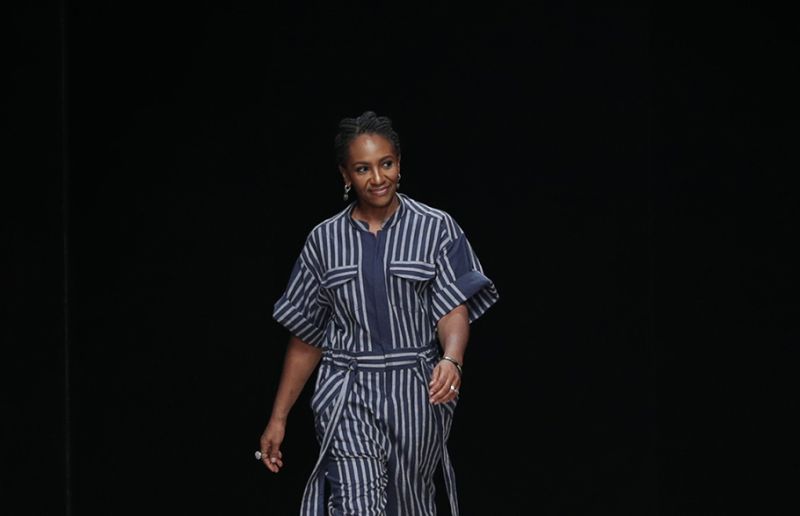
Nkwo Onwuka | Image: Visual Collaborative
This brand has become an artisanal brand at the forefront of the sustainable fashion movement in Nigeria with the conservation of natural resources and the environment as the label’s core values.
Levi’s Changing Its Ways
The apparel brand Levi’s has adopted a fully circular production technique. The clothing brand has been recycling old jeans, using an innovative technology, developed by a Swedish startup called Renewcell. Levi’s has been working with the startup for more than two years, including recycled fabric is key to improving sustainability.
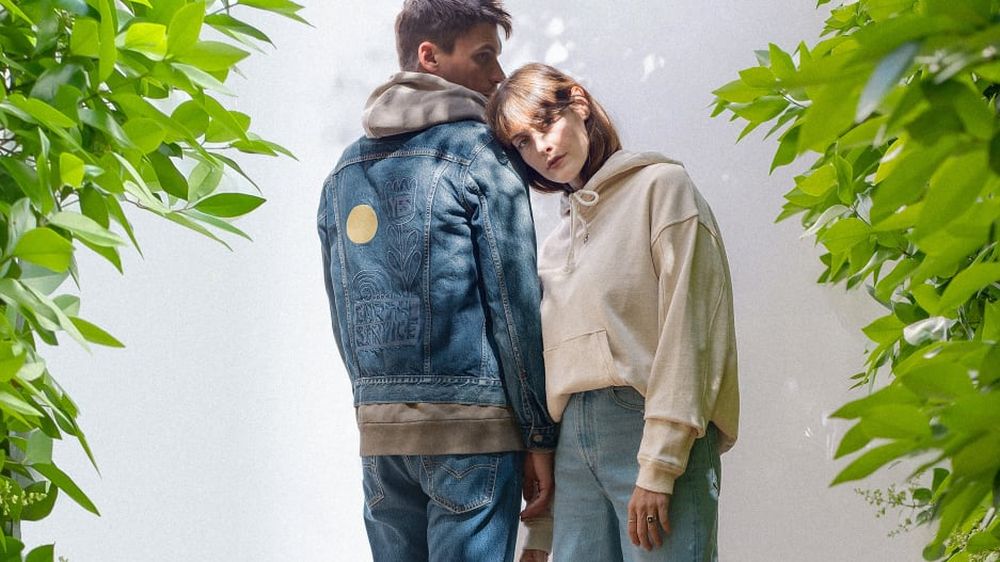
Levi’s is recycling old jeans | Image: Levi’s
As growing the cotton to make a pair of jeans uses more than 2,500 liters of water over the lifetime of the jeans, which is more water than consumers would use washing the clothing repeatedly. Older fabric recycling technology, which chopped cotton into smaller pieces, did not work as well because it degraded the value of the material.
But the new technology reconstructs the cotton differently, dissolving it and then forcing the pulp-like material through tiny nozzles to form higher-quality, longer fibers. The process creates a material branded as “Circulose,” is viscose – a form of rayon – rather than cotton. Levi Strauss is testing ways to increase the percentage of Circulose in each pair of pants.
The North Face Committing to Sustainability
The North Face has revealed the label’s commitment to sustainability by recycling plastic bottles into T-shirts through its limited-edition Recover Tee. Called “Bottle Source,” the three-tee capsule has been produced from over 18,000 kilograms of plastic bottles, which were sourced from waste streams in the Alps.
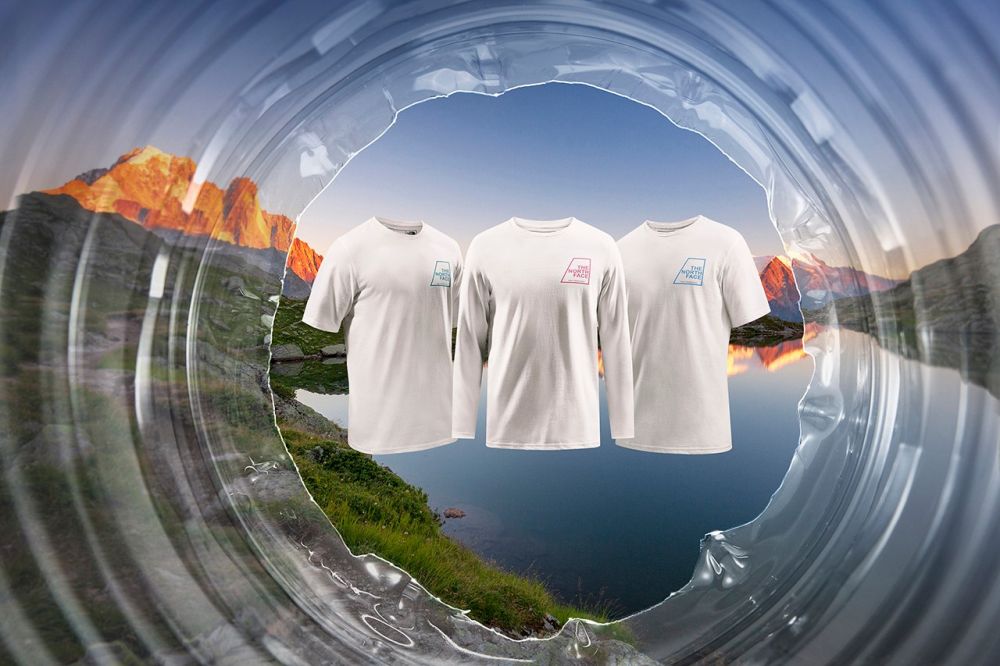
The North Face has recycled tons of plastic waste into T-shirts | Image: Hypebeast
The brand aims to reduce plastic waste in the Alps, along with an intention to raise awareness for the garbage dumped in the mountains. Moreover, with each item created, The North Face will be donating 1 Euro to the Summit Foundation, which supports the clean-up programs in the Alps and helps to protect wild places.
Inspiring Youth
While many designers have taken the initiative to adopt sustainable fashion, there are a few young, emerging designers who are laying the foundation of this new fashion trend.
A Student-Led Project – Kerala
Kochi’s St. Teresa’s College, in association with the Haritha Keralam Mission, has launched ‘Mattathinte Noolizha’, a sustainability project that seeks to educate students about responsible consumption of fast fashion.
Fashion design student Elizabeth Nelson carries off the off-white tunic effortlessly, with two accessories – a mask and a handbag. She designed the garment as part of a sustainability project for the college, where she is pursuing a postgraduate degree in fashion design.
She along with 18 other students of the fashion design department in the same college were asked to upcycle garments for an environment day project, ‘Nature Heals Itself’.

Sustainable fashion has become a popular trend after fast fashion | Image: Eco Friendly Habits
During the nationwide lockdown owing to coronavirus, the team of students has upcycled old saree, unused and damaged garments into dresses, skirts, overcoats, pinafores, earpieces, and masks.
Scout Snell – Florida
Ponte Vedra High School senior Scout Snell has a habit of transforming a piece of second-hand clothing. She described upcycling as the process of taking something old and turning it into something new and more useful.

Scout Snell | Image: The Volen Group
Snell recently took her passion for thrifting and fashion and created Cut from Cloth by Scout. It is a company dedicated to sustainable and handmade fashion. She sews her own clothing and upcycles her thrifted clothes. Having produced three collections sold online so far.
